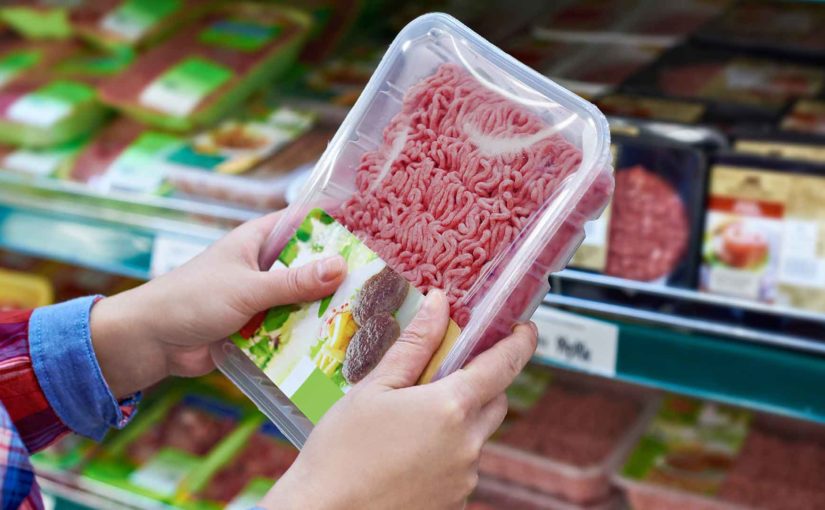
18 มี.ค. Keeping Freshness in the Mix with Modified Atmosphere Packaging
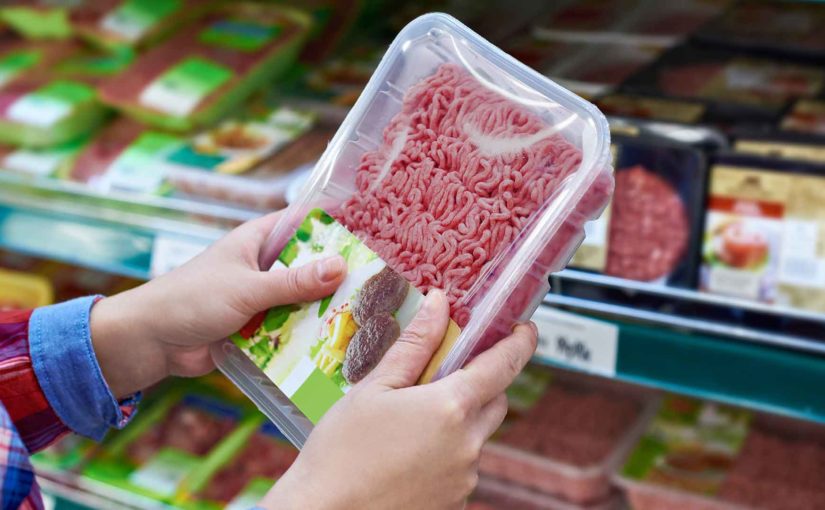
What do packaged raw meats, a tin of nuts and a bag of gluten-free pretzels have in common? They all let out that satisfying puff you hear when you open a fresh package. This puff of gas is a sign that your food was packed using Modified Atmosphere Packaging (MAP), a food packaging solution that lengthens the shelf life of food. The success and safety of using MAP in the food manufacturing process depend on a reliable and consistent supply of expertly-mixed gases. Since the gases you choose have an effect on the taste and appearance of the product, it’s important to select the right gas.
Choosing the right Modified Atmosphere Packaging (MAP) gas for the job
MAP works by adding gas—commonly nitrogen, carbon dioxide and oxygen—to food packaging to improve the shelf life, appearance and taste. The gas or mix of gases used for a particular application is selected based on the type of product being packaged. The gases commonly used for MAP each have different effects on the color and freshness of packaged foods.
“The gas makeup that goes into the packaging plays a vital role in how long the food stays fresh, how it tastes and how it looks in the package,” said Bill Adams, Director of Food and Pharma Solutions at Airgas, an Air Liquide company. “In order to make effective recommendations, gas suppliers need to know about the product being packaged and the manufacturer’s goals for the product’s shelf life, taste and appearance.”
According to Adams, “We typically deal with nitrogen and carbon dioxide in most of our blends. The factors that go into determining the blends are based on the type of product being packaged: Is it a cooked product, a protein product, a dough-based product or is it a mix like a sandwich, which has bread, dairy, meat and produce?”
For example, if a customer is packaging ground beef, they typically use a three-gas mix. This mixture helps maintain the red color of the product over the course of its shelf life. Alternatively, food manufacturers can use a high-ox mixture consisting of 80 percent oxygen and 20 percent carbon dioxide. Oxygen keeps the product looking red and fresh, while carbon dioxide limits bacteria growth. Shelf life and product quality are usually extended when exposure to oxygen is limited or eliminated. Oxidation and oxidative rancidity result in a shorter product shelf life and accelerated product quality deterioration.
For products like chips, baked goods and nuts, freshness, rather than appearance, is the primary goal. Nitrogen and carbon dioxide work to accomplish this by flushing oxygen out of the packaging to prevent oxidation, which can lead to stale tasting food.
For gluten-free products, it is difficult to maintain freshness for longer shelf life without using gas. If your distribution process lasts longer than four days, without gas, the quality of the gluten-free products will most likely be poor by the time they reach the consumer. Packaging the product with carbon dioxide will extend the shelf life beyond that of a product packaged without gas.
Compliance considerations in the mix
When determining the right gas blend for a MAP application, it’s important to keep compliance with industry regulations top of mind. While MAP preserves food, since it also affects the quality of food, it is carefully regulated by the U.S. Food and Drug Administration (FDA). FDA requires that food manufacturers using MAP provide a Hazard Analysis and Critical Control plan, which includes details about the types and proportions of food-grade gases used in a given process. The ability to accurately and precisely control the levels of gases in a MAP mix helps food manufacturers stay in compliance with FDA regulations. Compliance, consequently, can help prevent costs associated with fines, recalls and spoilage.
Driving efficiencies with Modified Atmosphere Packaging (MAP)
MAP drives efficiency and reduces costs by lengthening the supply chain of manufactured goods. The success of MAP, however, depends on choosing the right gases for a given application and ensuring compliance with FDA requirements.
Map your future success
When choosing gases for MAP, be sure to collaborate with your gas supplier to achieve your goals for shelf life, freshness, taste and appearance. The right gas can make all the difference in keeping your food manufacturing operation effective, efficient and compliant.
Source: https://airgasthinks.com/keeping-freshness-in-the-mix-with-modified-atmosphere-packaging/
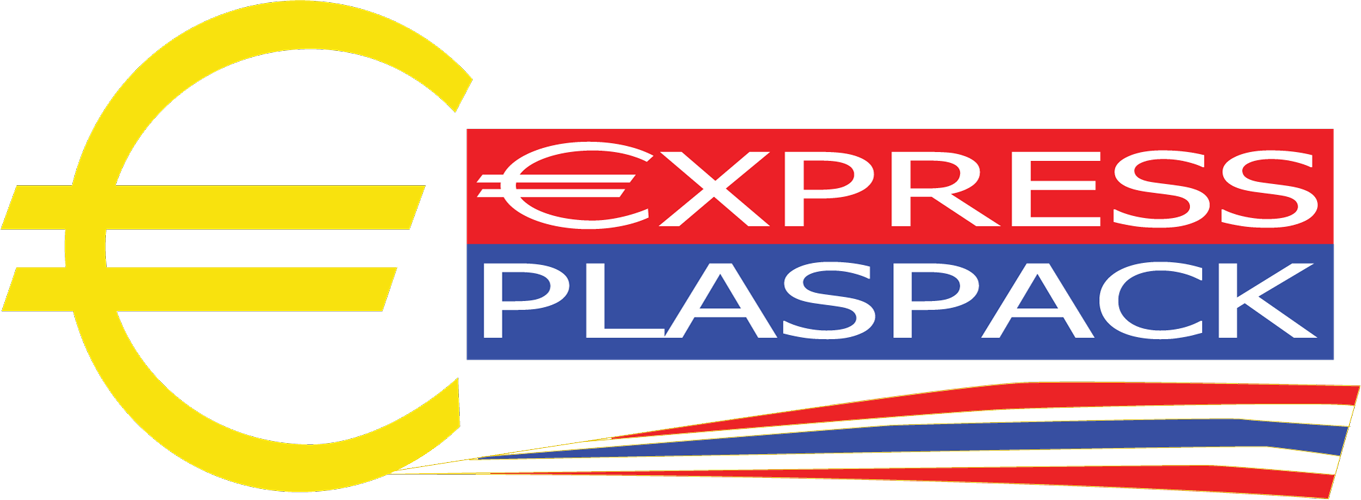


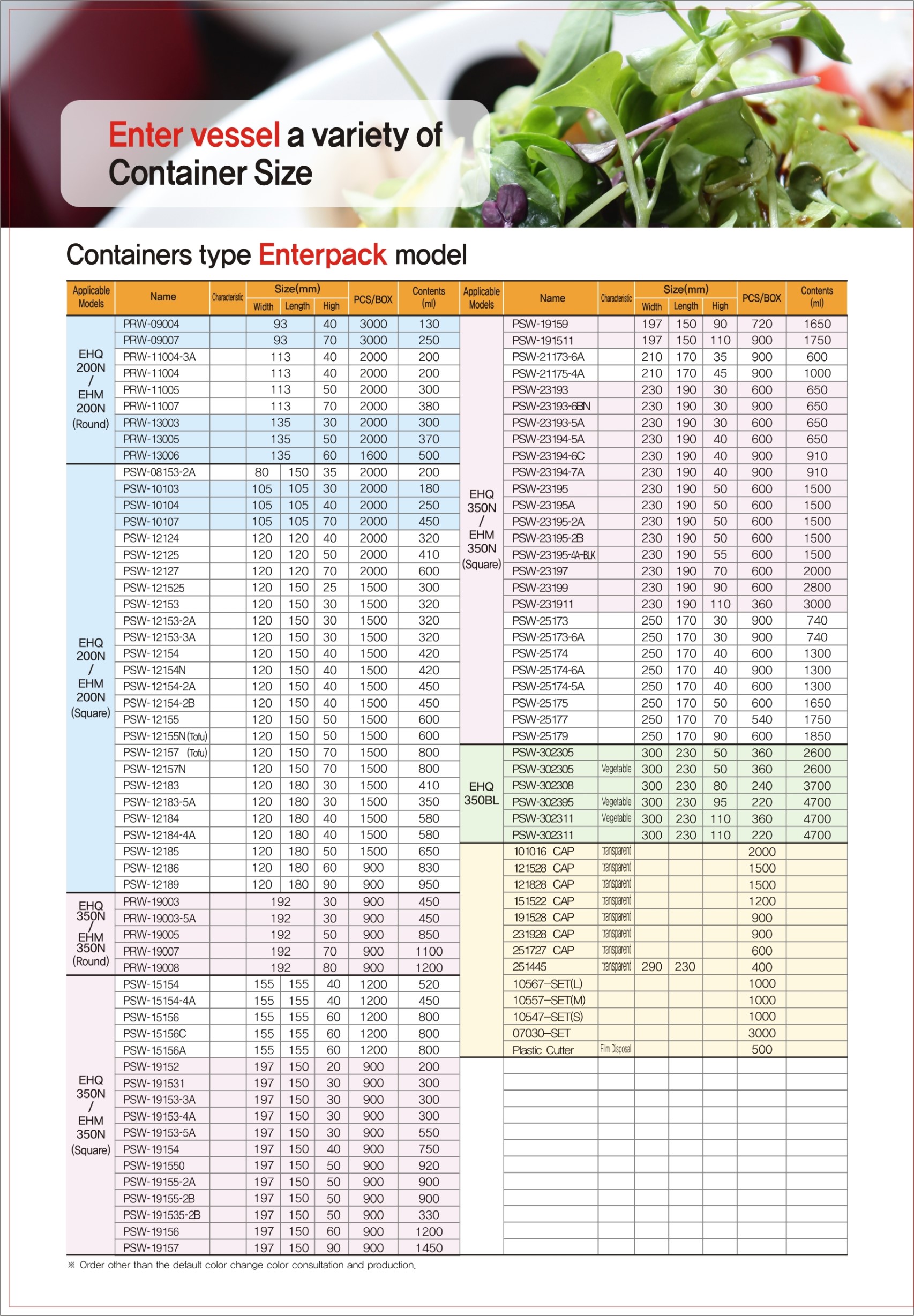
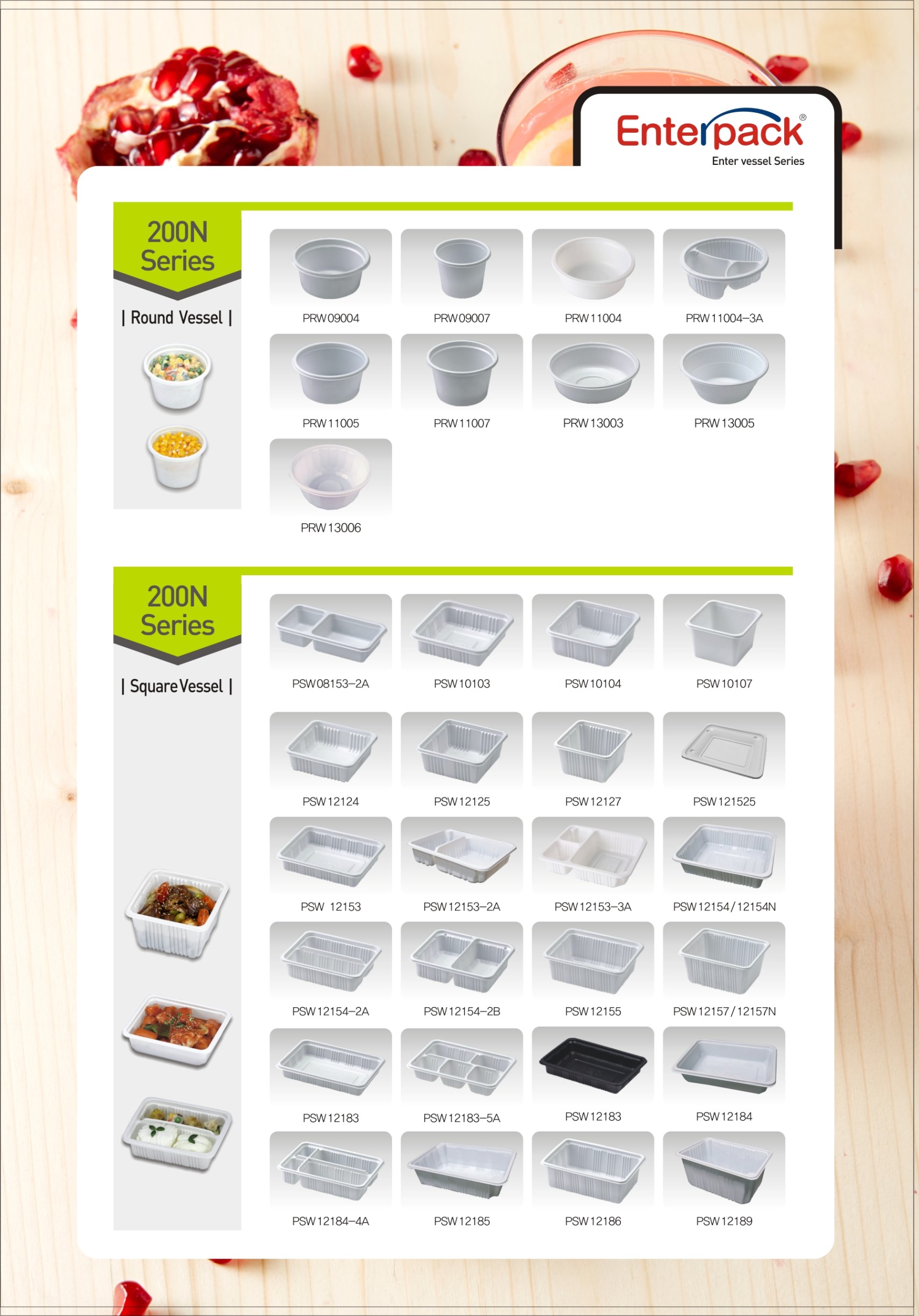
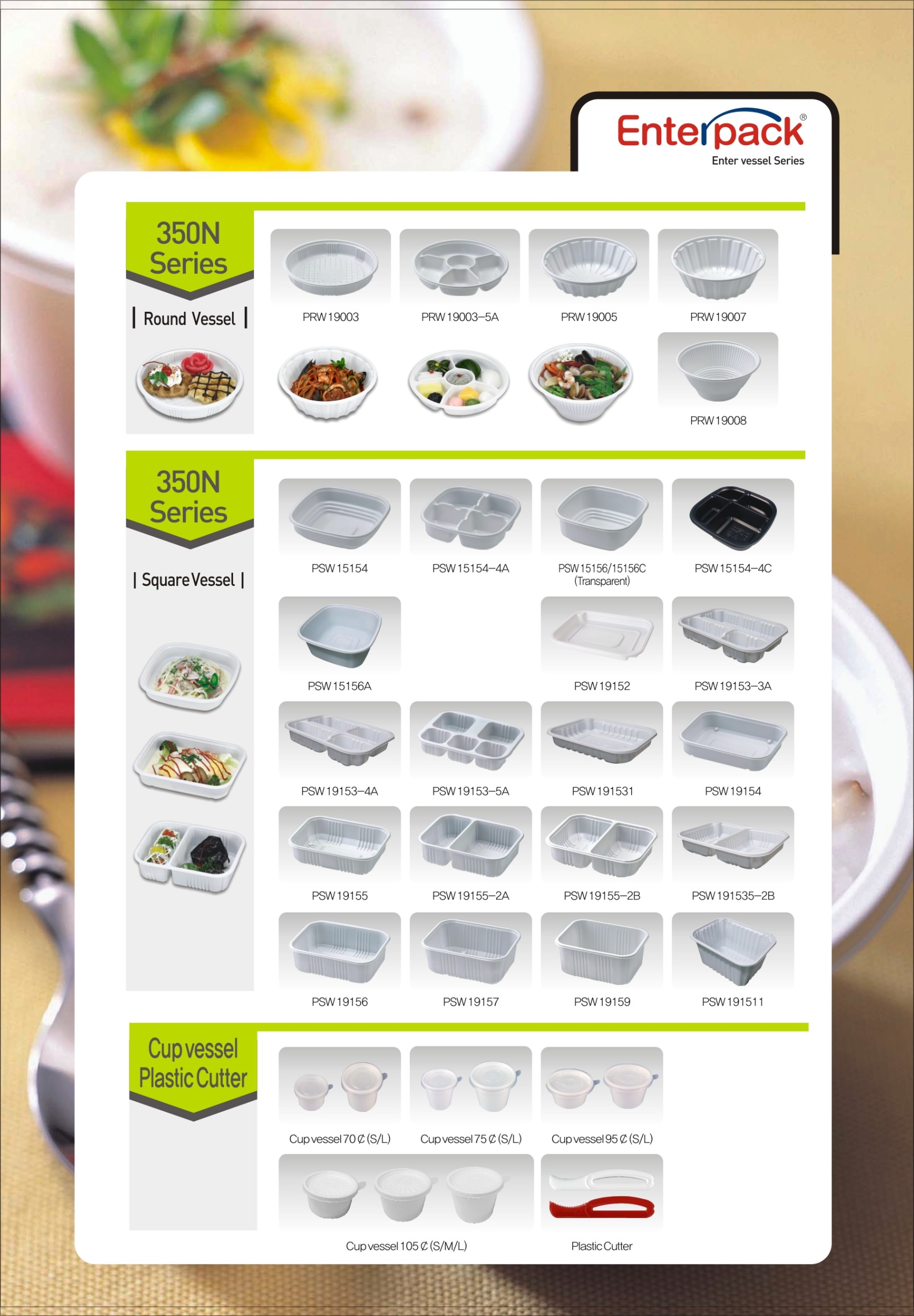
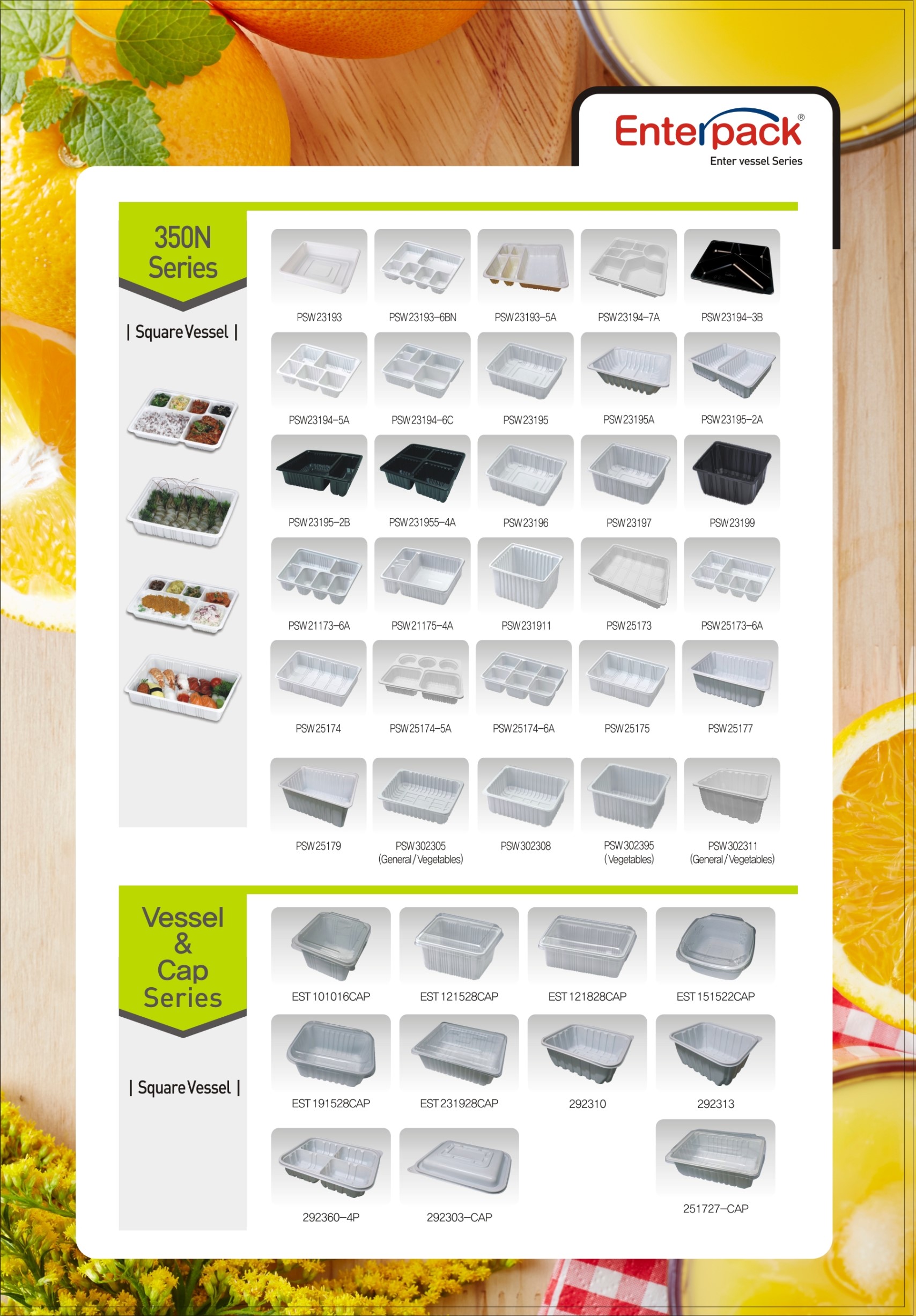



Sorry, the comment form is closed at this time.